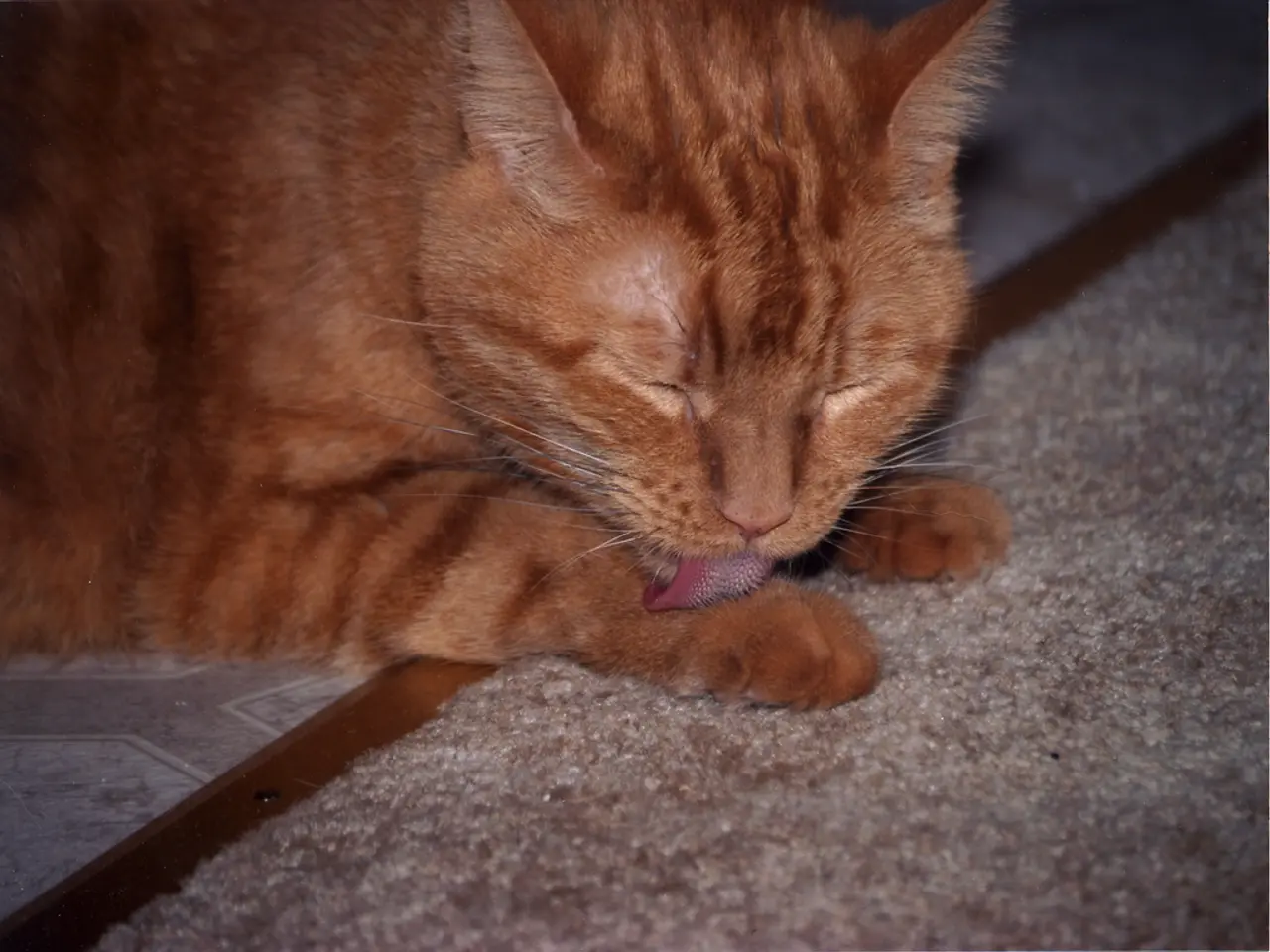Wound healing classifications: Primary, secondary, tertiary, and progression stages
Wound healing is a complex process that involves the repair and regeneration of damaged skin and underlying tissues. This article provides an overview of the three primary mechanisms of wound healing - primary, secondary, and tertiary - and the treatment options available for each.
### Primary Wound Healing
Primary wound healing occurs when the wound edges are directly approximated and closed, minimising tissue loss and scar formation. Treatment options for primary wound healing include irrigation and debridement, closure techniques such as skin adhesives, tissue tapes, or sutures, standard dry or moist dressings, infection control using antibiotics, and regular monitoring for signs of infection, dehiscence, or poor healing.
### Secondary Wound Healing
Secondary wound healing occurs when the wound is left open to heal naturally by granulation, contraction, and epithelialization. This is typically due to infection, contamination, or tissue loss. Treatment options for secondary wound healing include wound bed preparation, the use of advanced dressings to maintain a moist environment, infection management, and the consideration of advanced therapies such as cold plasma therapy and negative pressure wound therapy (NPWT).
### Tertiary Wound Healing (Delayed Primary Closure)
Tertiary wound healing, also known as healing by delayed primary closure, occurs when the wound is initially left open to manage infection or contamination, then later closed when safe. Treatment options for tertiary wound healing include initial open management, delayed surgical closure, maintaining a moist environment using appropriate dressings, and regular monitoring for infection, adequate granulation, and readiness for closure.
### Advanced and Emerging Therapies
Advanced and emerging therapies for wound healing include hyperbaric oxygen therapy (HBOT), cold plasma therapy, and NPWT. While these therapies show promise, their effectiveness varies, and their use should be individualised based on wound type, patient factors, and response to therapy.
In conclusion, understanding the mechanisms of wound healing and the treatment options available is crucial for effective wound management. Wound assessment, moist wound healing, advanced therapies, and infection control are key principles in wound management. Treatment and home care options for a wound will vary greatly based on factors such as the location of the wound, the type of wound, and any additional treatments that are necessary.
In the realm of medical-conditions and health-and-wellness, conditions like colitis and ulcerative dermatitis can impair wound healing due to inflammation in the affected areas, potentially requiring more complex healing strategies.
The science behind wound healing also intersects with other medical domains, such as diabetes and HIV, where poor blood sugar control, immune system dysfunction, or medication side effects can affect wound healing outcomes.
Depression, bipolar disorder, and accidental falls can also indirectly impact wound healing by reducing patient compliance in wound care and increasing the likelihood of wound-causing accidents.
Furthermore, numerous chronic conditions like atopic dermatitis, eczema, ankylosing spondylitis, and some forms of arthritis might prolong wound healing due to compromised mobility or immune response.
In these cases, it is essential to consult with medical professionals and employ predictive strategies. A prep kit containing home care essentials, such as appropriate dressings, topical antimicrobials, and analgesics, can aid in the management of chronic wounds.
Always remember that ongoing research into wound healing, as well as the development of new therapies like HBOT, cold plasma therapy, and NPWT, brings hope for improved wound healing outcomes in the future.




